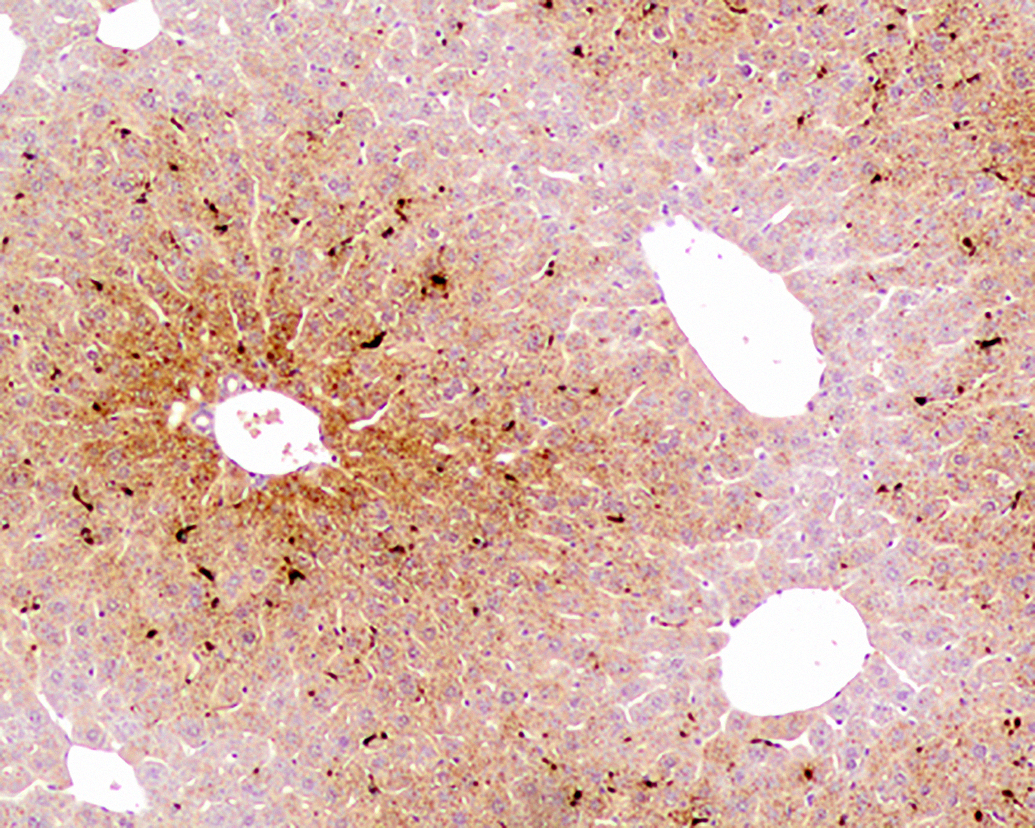Iron & Innate Immunity
ABOUT
Iron biology is a fast growing field of knowledge with strong connections with several areas such as Infectious Diseases, Neurobiology, Hematology, Hepatology, among others. Recent developments in the field have highlighted the link between iron metabolism and innate immunity. The work of Iron & Innate Immunity (III) group focus on fundamental questions related to the reciprocal interactions between iron and the immune system.
Using an evolutionary point of view, the group’s research addresses the function of several proteins which have a dual role, both in innate immunity and in iron metabolism, such as ferritin, transferrin, lactoferrin or hepcidin. On a more mechanistic standpoint, the group investigates the impact of infection on the host’s iron status, as well as the impact of iron modulation in susceptibility to infection. Finally, in a therapeutic perspective, the group works in the development of synthetic iron chelating compounds with antimicrobial activity, as well as in the study of the properties and mechanisms of action of different antimicrobial peptides, mostly those related with iron metabolism, such as hepcidin and lactoferrin-derived peptides.
The group has a strong experience with mycobacteria, although many other pathogens have been used, and the most used experimental animal models are mouse and seabass. The III group has strong collaborations with other national and foreign groups of high impact in the field and also benefits from academic links at Universidade do Porto.
RESEARCH
The III group made several contributions for the understanding of the evolution of genes and proteins involved simultaneously in iron metabolism and innate immunity. We showed that transferrin, ferritin, hepcidin and SLC11 are important both in iron metabolism and in the immune response of lower vertebrates and we identified for the first time in a teleost fish most of the players known to be involved in hepcidin regulation in mammals. (Neves 2009, Neves 2011a, Neves 2011b).
We showed that M. avium infection has a strong impact on iron distribution in mice, without a significant induction of hepcidin. Conversely, heme-oxygenase-1 is both highly induced and necessary for the control of mycobacterial infections while H-ferritin is also strongly induced by M. avium in mouse macrophages (Gomes-Pereira 2008, Rodrigues 2011, Silva-Gomes 2013a, Silva-Gomes, 2013b).
We contributed to the development of new iron chelators with antimicrobial activity against M. avium and found that small peptides derived from the iron-chelating protein lactoferrin have strong antimicrobial activity against this pathogen (Sousa-Fernandes 2010, Moniz 2013, Silva 2014).

Ongoing Projects
Proponent: Instituto de Investigação e Inovação em Saúde - Universidade do Porto
Sponsor: FCT - Fundação para a Ciência e a Tecnologia
From 01-MAR-21 to 25-FEB-25

